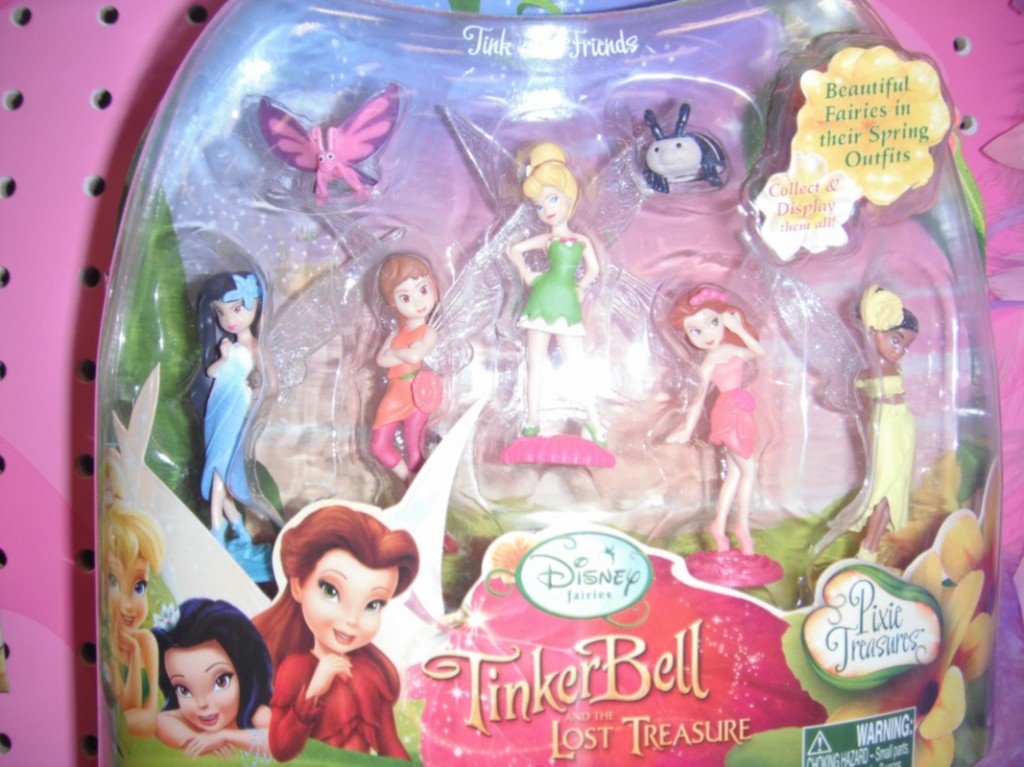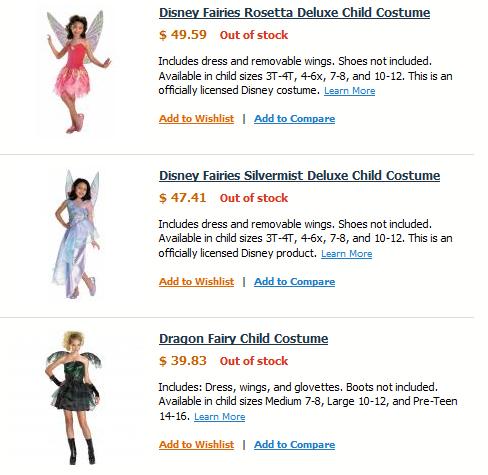The movement to de-normalize tobacco smoking has been quite successful in the U.S., especially when it comes to the intersection of smoking and children. Advertising directly to children, or in ways that might be interpreted as appealing to children, is illegal. Smoking while pregnant is taboo and smoking around your children, especially indoors, is also heavily stigmatized, at least among some American populations.
A collection of vintage cigarette advertising at the Stanford School of Medicine, however, suggests that these attitudes are quite new. The site, sent in by Kristyn G., displays a wide array of advertising with kids.
Marlboro, for example, used cute babies to sell their cigarettes:


Many companies used kids by suggesting that cigarettes are the perfect gift:


I’m not even really quite sure what this ad is trying to say:

Text:
This ad suggests that smoking is an excellent way to bond with your small child:

This ad suggests that your baby was delivered 15 minutes late because the stork was taking a smoke break:

And apparently there used to be a “boy scout” brand of cigarettes:

Lisa Wade, PhD is an Associate Professor at Tulane University. She is the author of American Hookup, a book about college sexual culture; a textbook about gender; and a forthcoming introductory text: Terrible Magnificent Sociology. You can follow her on Twitter and Instagram.










